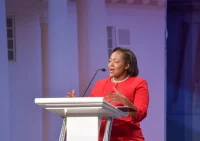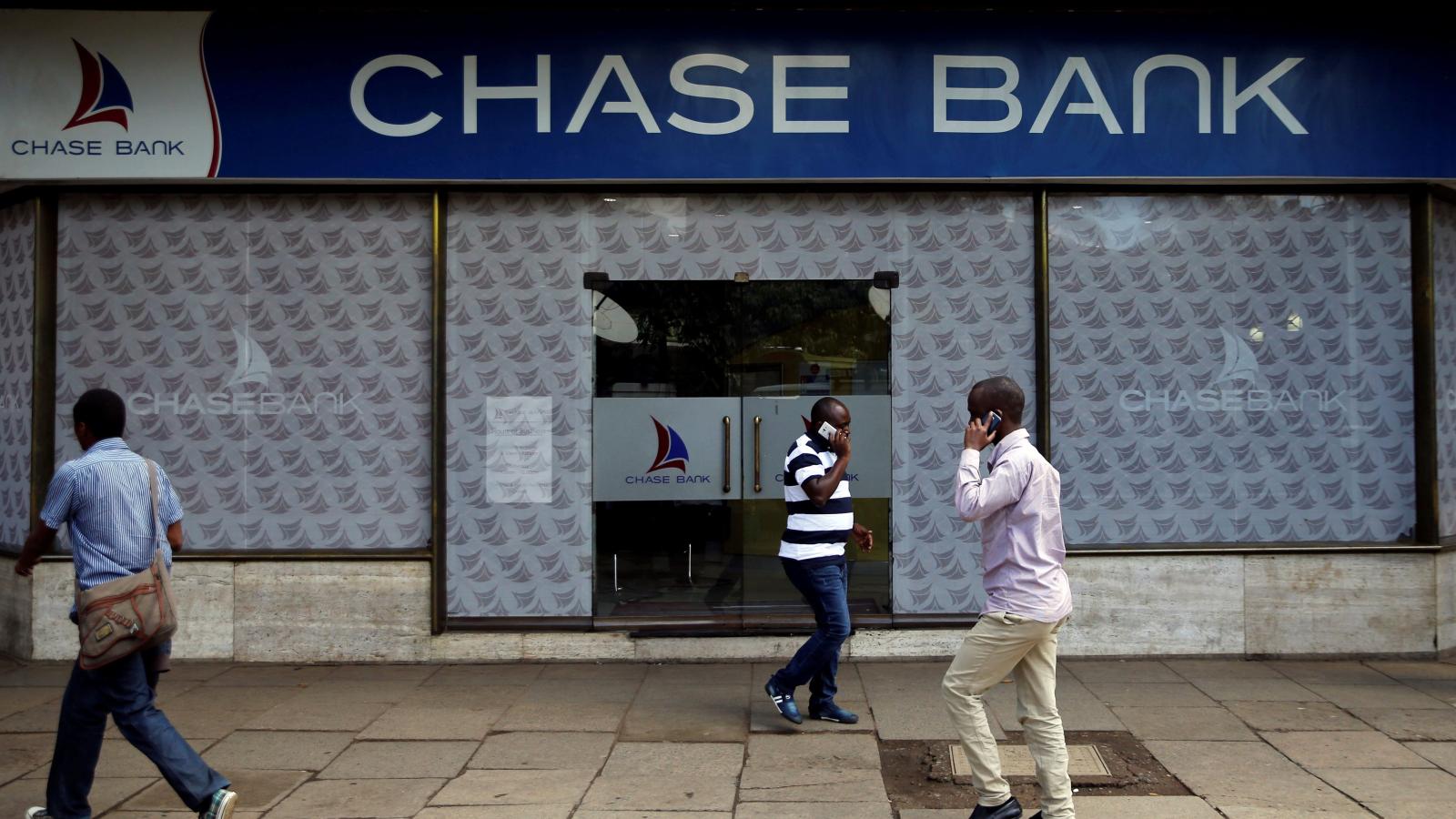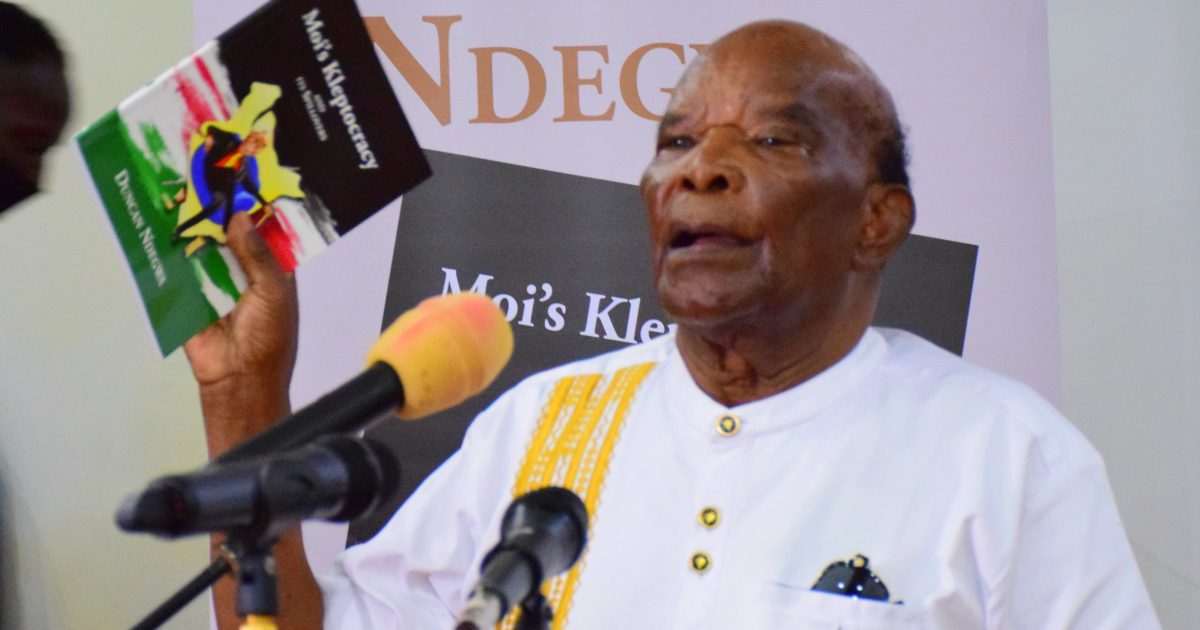Half of Chase Bank customers stopped paying their home loans when the bank was put under receivership in 2016, it has emerged. According to data released by the National Treasury yesterday during a pitch to set up the Kenya Mortgage Refinance Company, out of the Ksh 7.5 billion worth of mortgage assets held by the lender, Ksh 4.5 billion was non-performing.
This makes up a quarter of the total loans that were abandoned when the bank was momentarily closed and later partially opened as borrowers took advantage of the lender’s woes.
“During the receivership, some people stopped servicing their loans. Large borrowers who had large deposits in the bank decided to stop making payments which led to the Sh20 billion of the Sh35 billion going into negative equity,” said Central Bank of Kenya (CBK) Governor Dr Njoroge last year.
The State Bank of Mauritius (SBM), which is set to take the bank’s good assets and loans, is taking its time to do a conversion, dragging the deal that was sealed earlier this year into the second quarter of this year. It is expected that the transaction will ensure the transfer of 75% of the value of deposits currently under moratorium and the transfer of staff and branches of the existing Chase Bank operations.
While CBK has remained mum over the delayed completion of the transaction, Parliament has instituted a two-month audit of the transaction which may cause further delays.
The move follows a public petition presented to the National Assembly by three depositors through Kiambu MP Jude Njomo who want the deal investigated, including the terms, financing of the fees payable to all parties as well as the transition advisors and ownership of all the firms involved in the transactions.
READ: Linus Kaikai defies odds to join Royal Media dream team
Generally, the mortgage market was hit by souring loans in 2016 which led to a 1.5% drop in the number of mortgages, the first decline in growth since 2011. The 24,085 mortgages are charging an average rate of 13.5% under the rate cap regime, down from an average of 17.1% in 2015 and 15.8% in 2014, according to Central Bank data.
Treasury said upward adjustments in mortgage rates significantly increase borrower delinquencies, which subsequently makes markets react by cutting exposure to mortgages. To minimise interest rate risk, banks generally offer only adjustable rate mortgages (ARM), with rates typically tied to bank cost of funds and Kenya Banks’ Reference Rate (KBRR).













Leave a comment